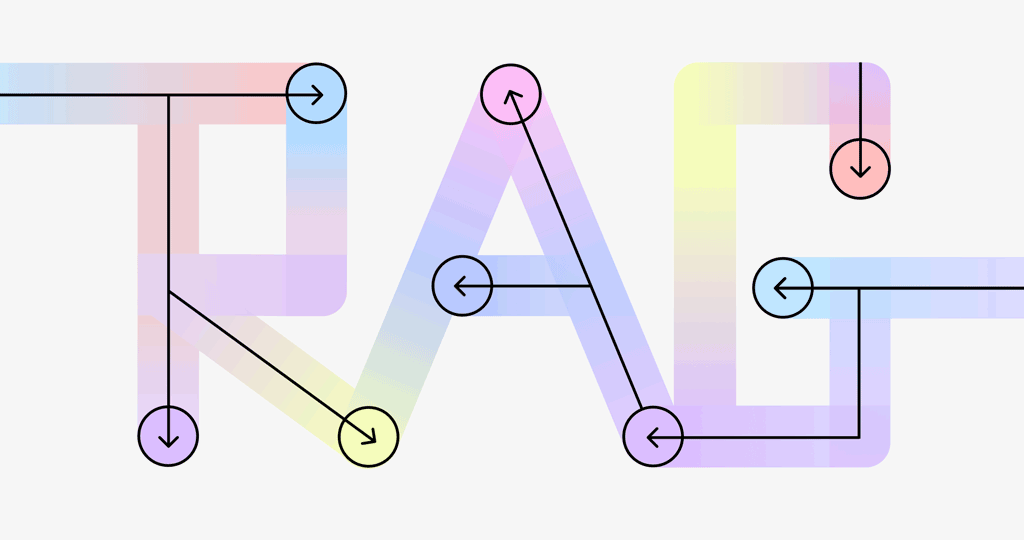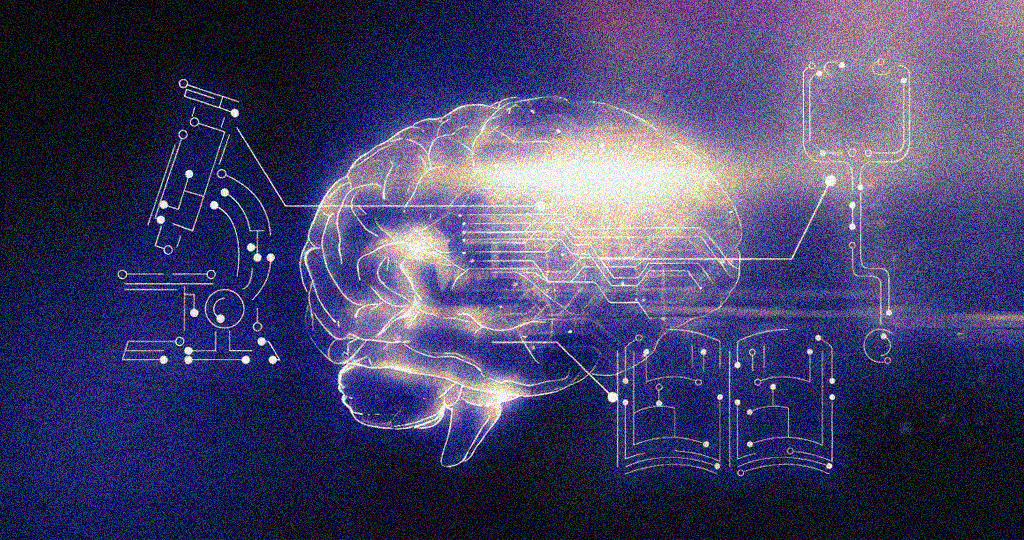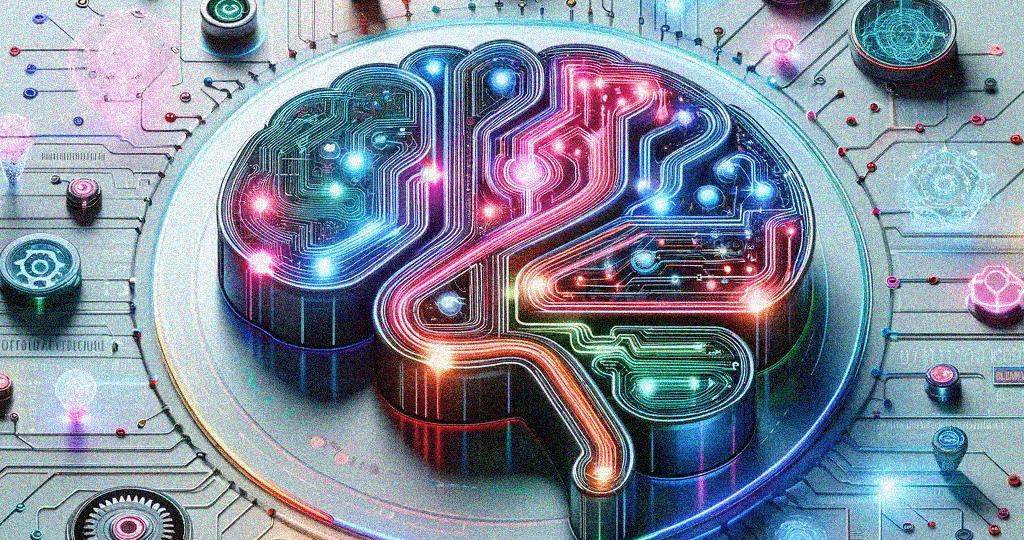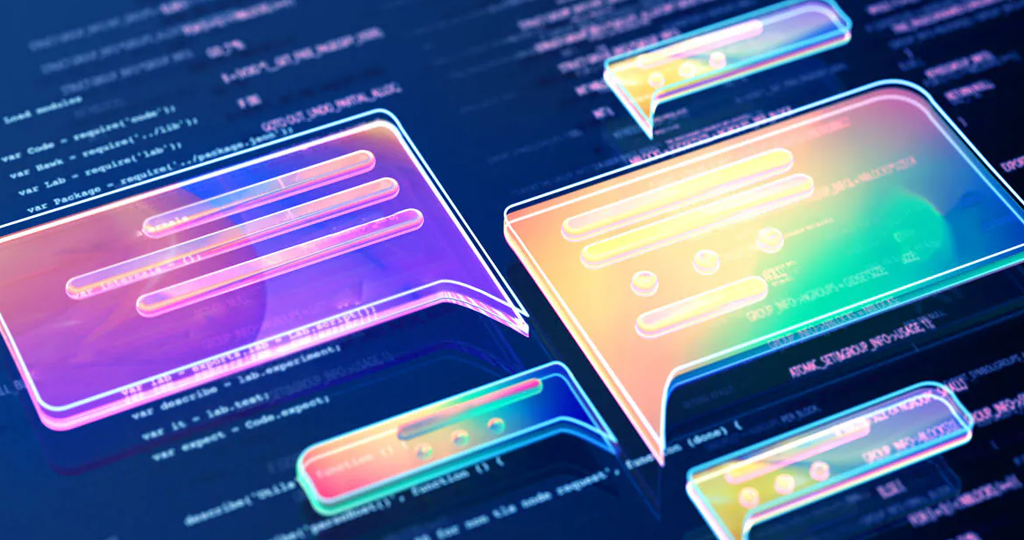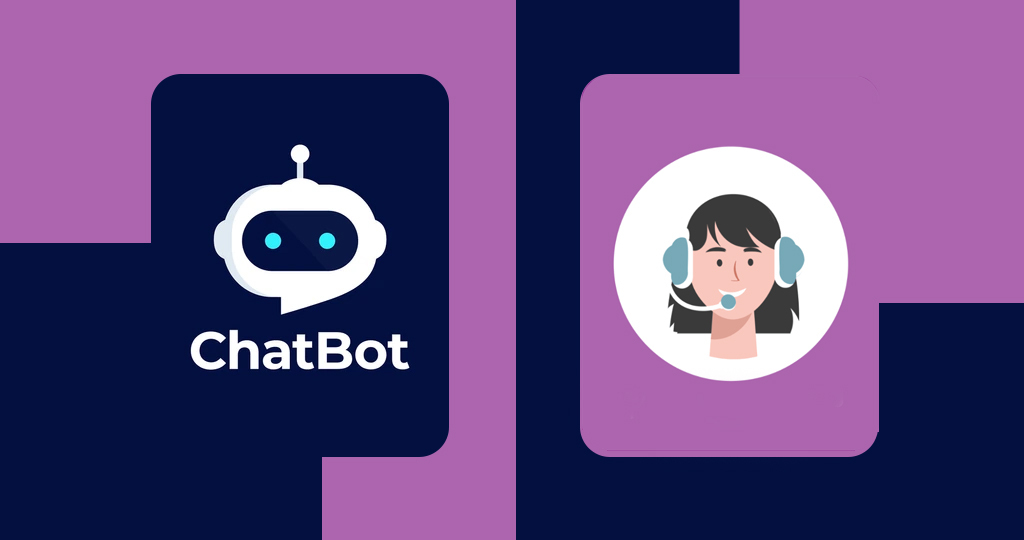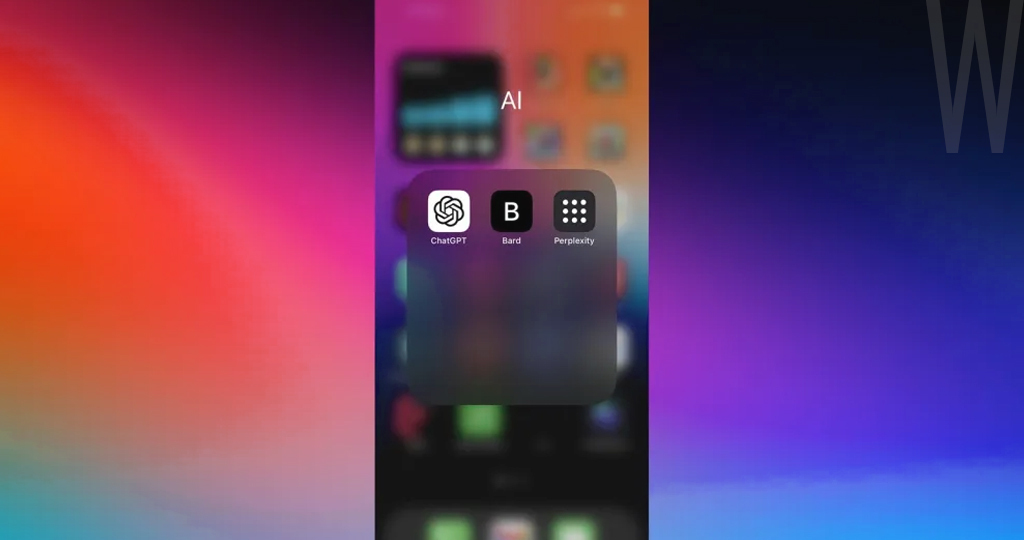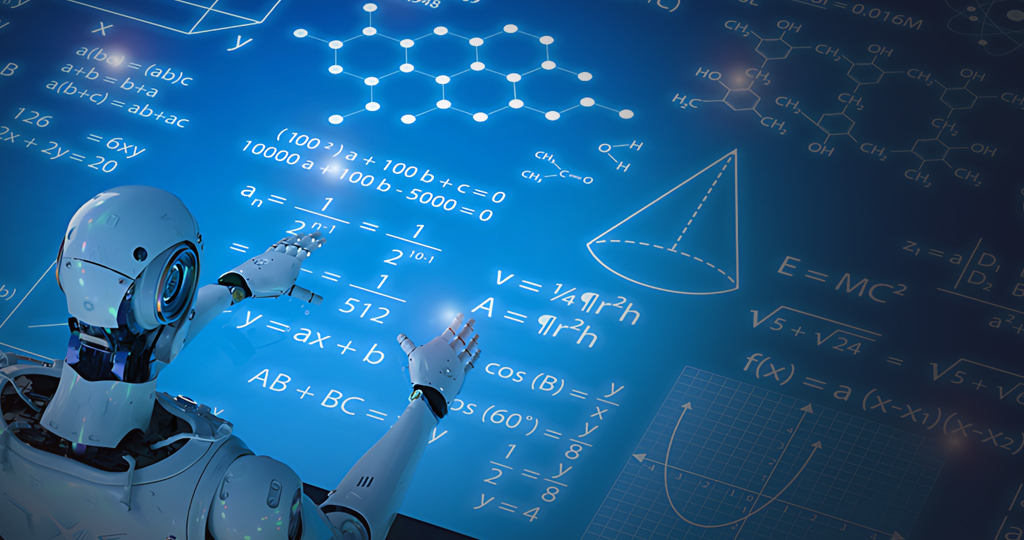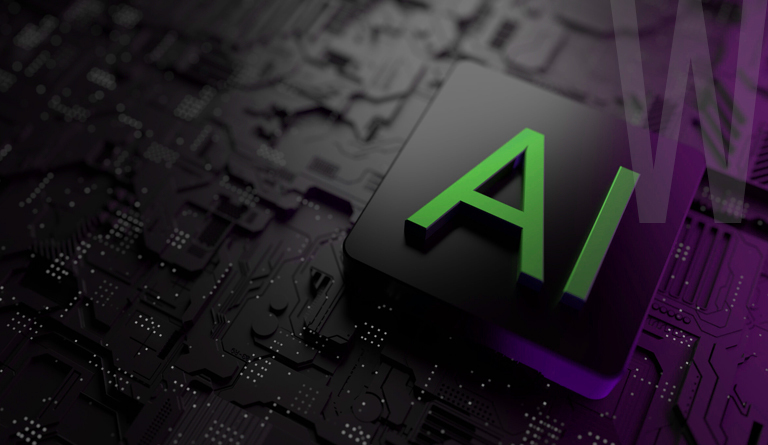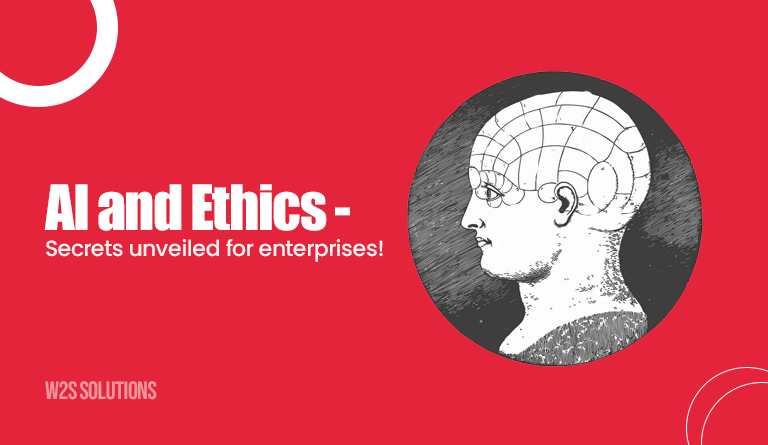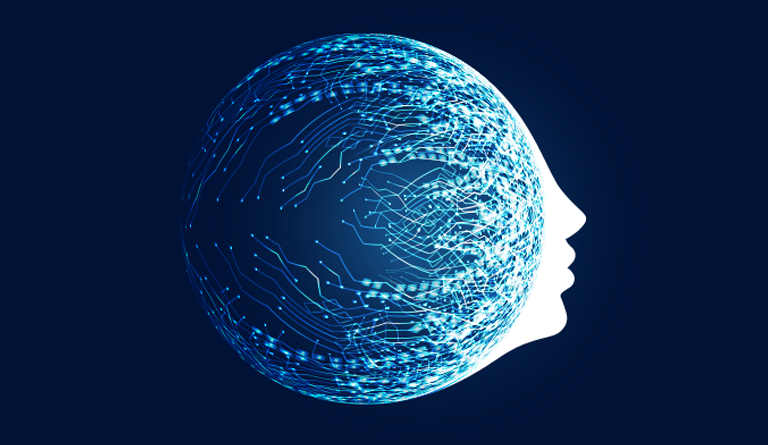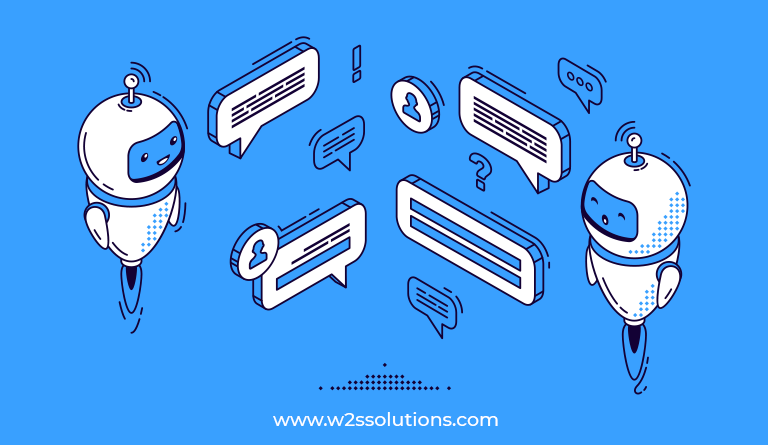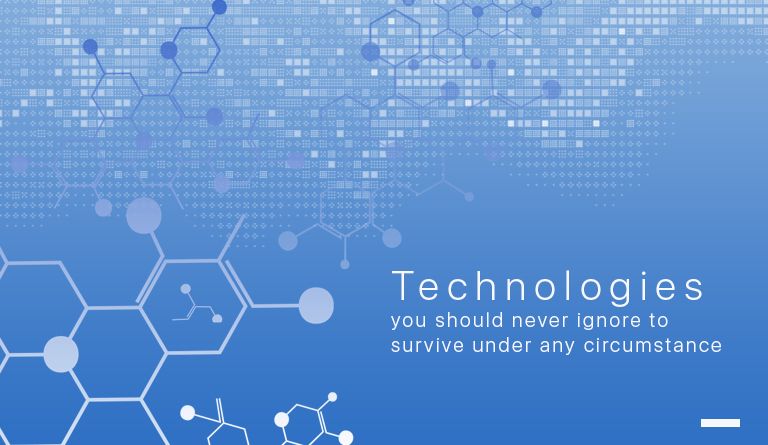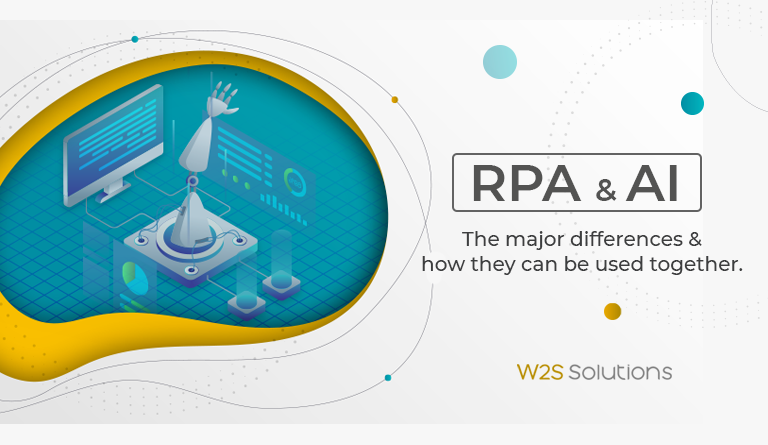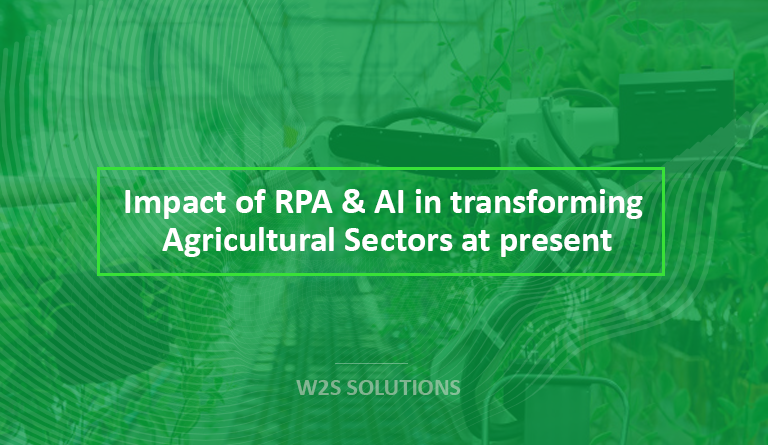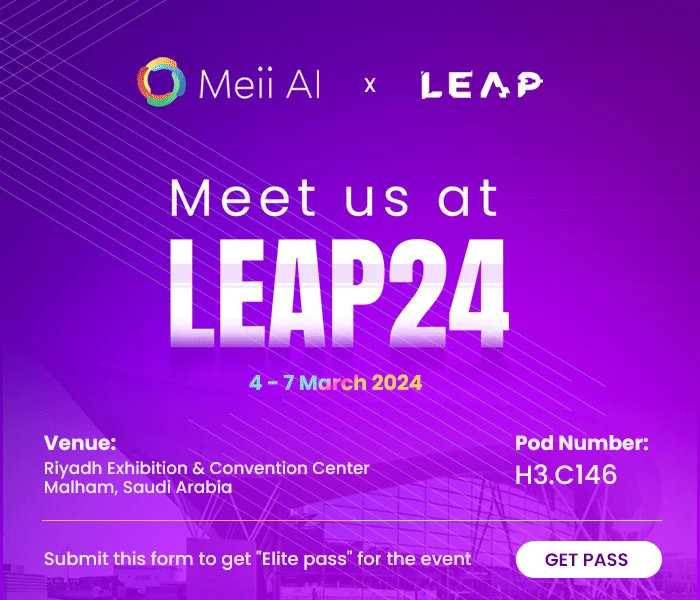In the fast-changing world of technology, we often hear terms like artificial intelligence, big data, and machine learning. One of the recent developments in this field is something called Multimodal RAG, which stands for Retrieval-Augmented Generation. While the name might seem technical, the idea behind it is actually quite easy to understand.
Learning from Multiple Sources – Just Like Humans Do
Imagine you’re trying to solve a problem, but you don’t have all the information. So, you start looking around — maybe you read an article, check a photo, or watch a short video to figure things out. Your brain takes in all the information from various sources and helps you come up with a solution. With the help of advanced computer systems, this is how multimodal RAG works. It has the ability to process multiple inputs like text, images, videos, and documents to generate accurate and context-rich outputs. Unlike traditional models that work with text alone, generative AI platforms with multimodal capabilities leverage this approach to deliver much more nuanced and intelligent results.
From Speed to Smartness: A Shift in AI Priorities
As this transformation moves the technology closer to how the people actually think and solve problems this change is more important. In the traditional days, the systems were focused on doing things quickly. But now, the focus has shifted towards helping the machines understand things better by not only concentrating on the speed.
In this landscape people don’t rely on a single source to solve problems, they get insights from diagrams, watch videos, read manuals, and get knowledge from others.
A Game-Changer for IT Workflows
In the IT field, this kind of tool could make a big difference. A lot of time is spent looking for the exact files we need, digging through emails, checking code, or trying to understand system errors. A person can search all of those sources at the same time and get a clear answer much quicker by implementing tools like Multimodal RAG.
It acts like a smart assistant that understands the things which we are working on and gets the inputs all together in one place.
Creating Room for Human Creativity
That does not mean that people will lose their job, but it is quite the opposite. When the routine tasks are handled more efficiently, it creates a space for the workers to focus on creative thinking and problem-solving. People can spend more energy on bigger ideas, instead of wasting time searching through folders and finding where the piece of information is stored. The teams can change to become more productive and innovative, as they are not stuck in doing the same repetitive tasks all day.
Better Customer Support, Less Burnout
Imagine someone in IT support assisting a customer who is facing software issues. Traditionally, the support team might need to go through manuals, technical documents, and internal notes to find the right solution; a process that can consume a lot of time. But with the rise of generative AI with retrieval, the system can quickly search and synthesize information from multiple sources in real time. This allows customer problems to be resolved faster, reduces stress for support staff, and helps businesses save both time and money.
Human Oversight Still Matters
Of course, there are few risks. Just because a machine can look at different kinds of information does not mean it will always understand it correctly. It might make mistakes taking insights from photos or take some information out of context. This is the reason why humans are necessary to be involved in the process. The goal is not to replace people, but to support them. This technology should help the workers like co-workers, but not act like a boss. When humans and machines work together, the results can be more powerful and effective.
Opportunities Beyond IT
Even though this technology is often being used in IT right now, it has the capability to reach far beyond. Teachers could use it to explain complex subjects with the help of pictures and text at the same time. By looking at medical records and x-rays together, Doctors could get a more complete view of the patient’s health condition. Artists can be benefited using notes, sketches, and references to get feedback from a system that can understand all of it. The possibilities are wide open, but it is important to utilize this technology carefully and responsibly.
Smarter, Not Just Faster: The Future of AI
Multimodal RAG is not just another trendy invention. It represents a shift in how we need technology to think — not just faster, but smarter. In a world with abundant information, being able to connect various types of content to form clear, meaningful answers is more important than ever. When implemented by an experienced multimodal AI development company, this technology can be used thoughtfully to help the IT world and other fields become more effective, and more creative.
